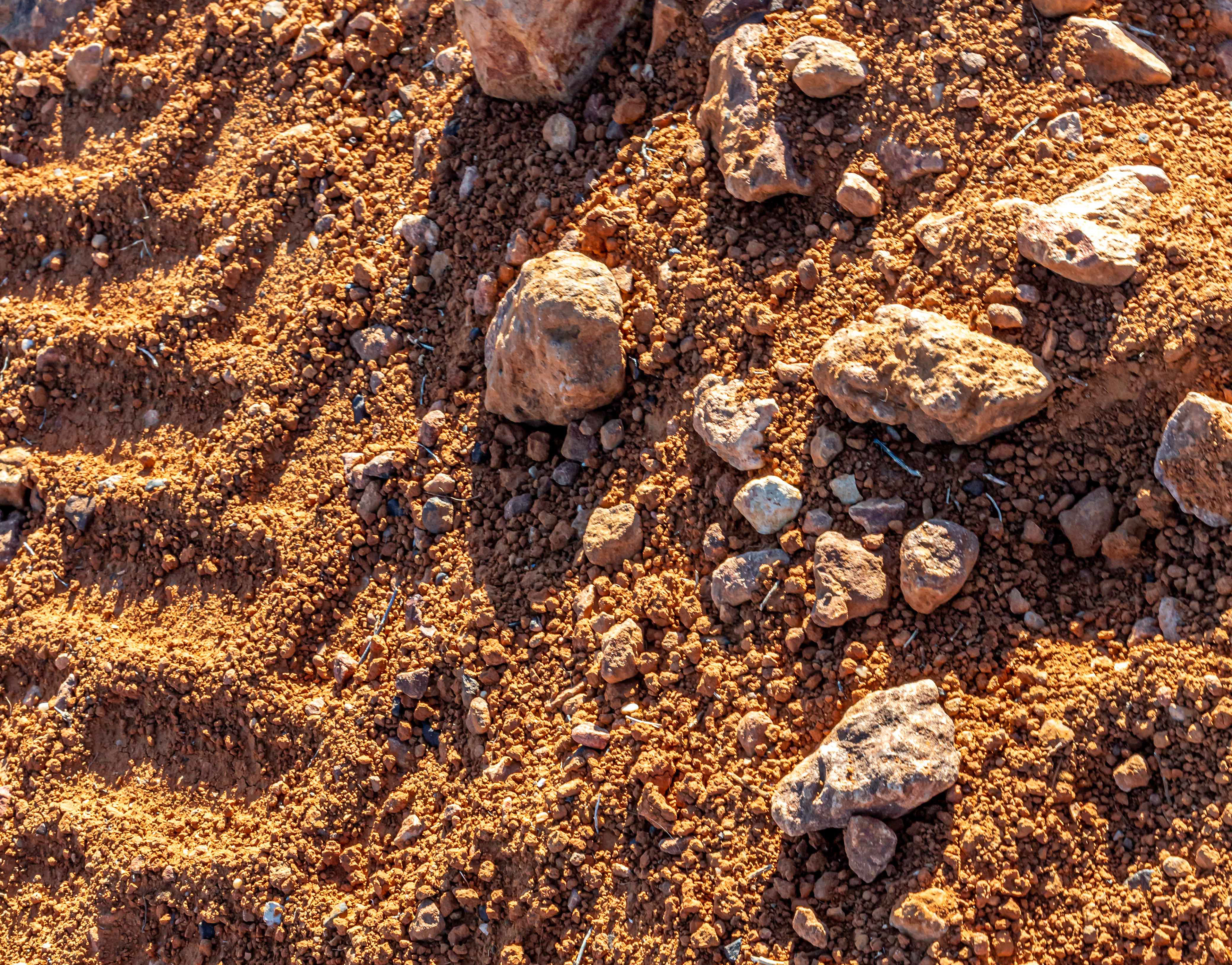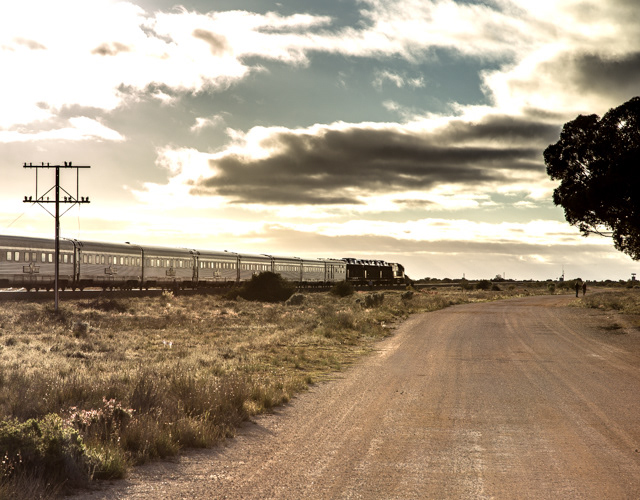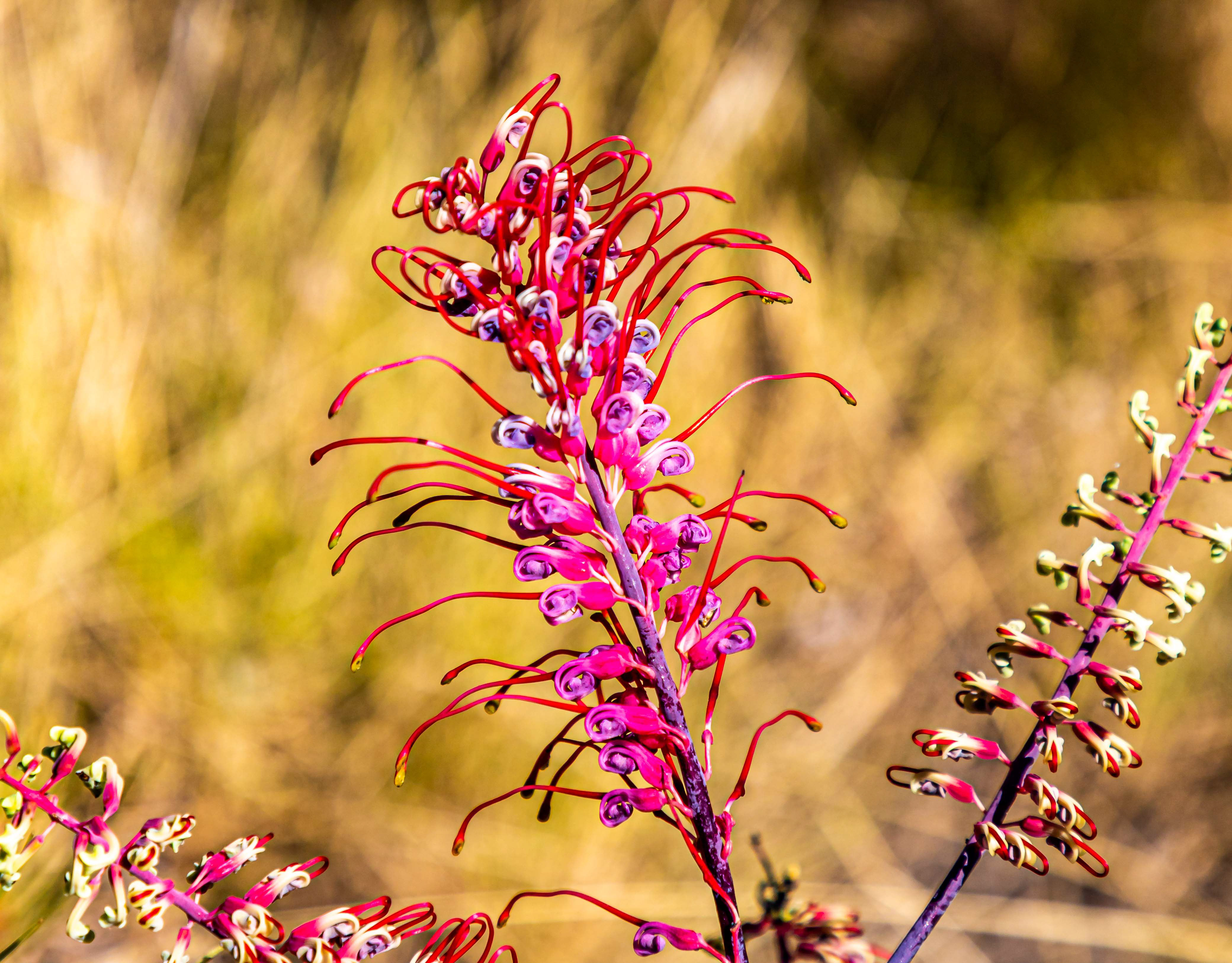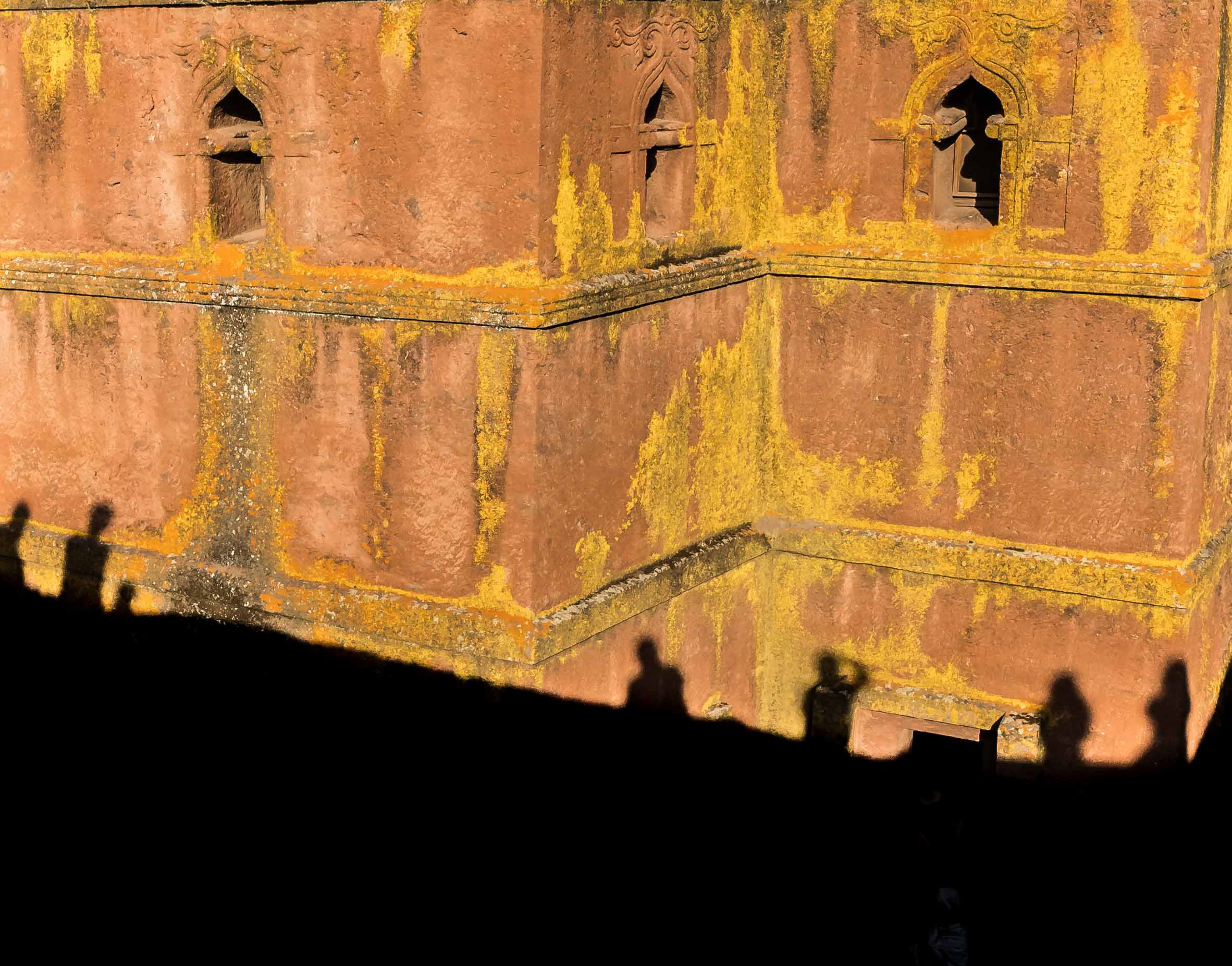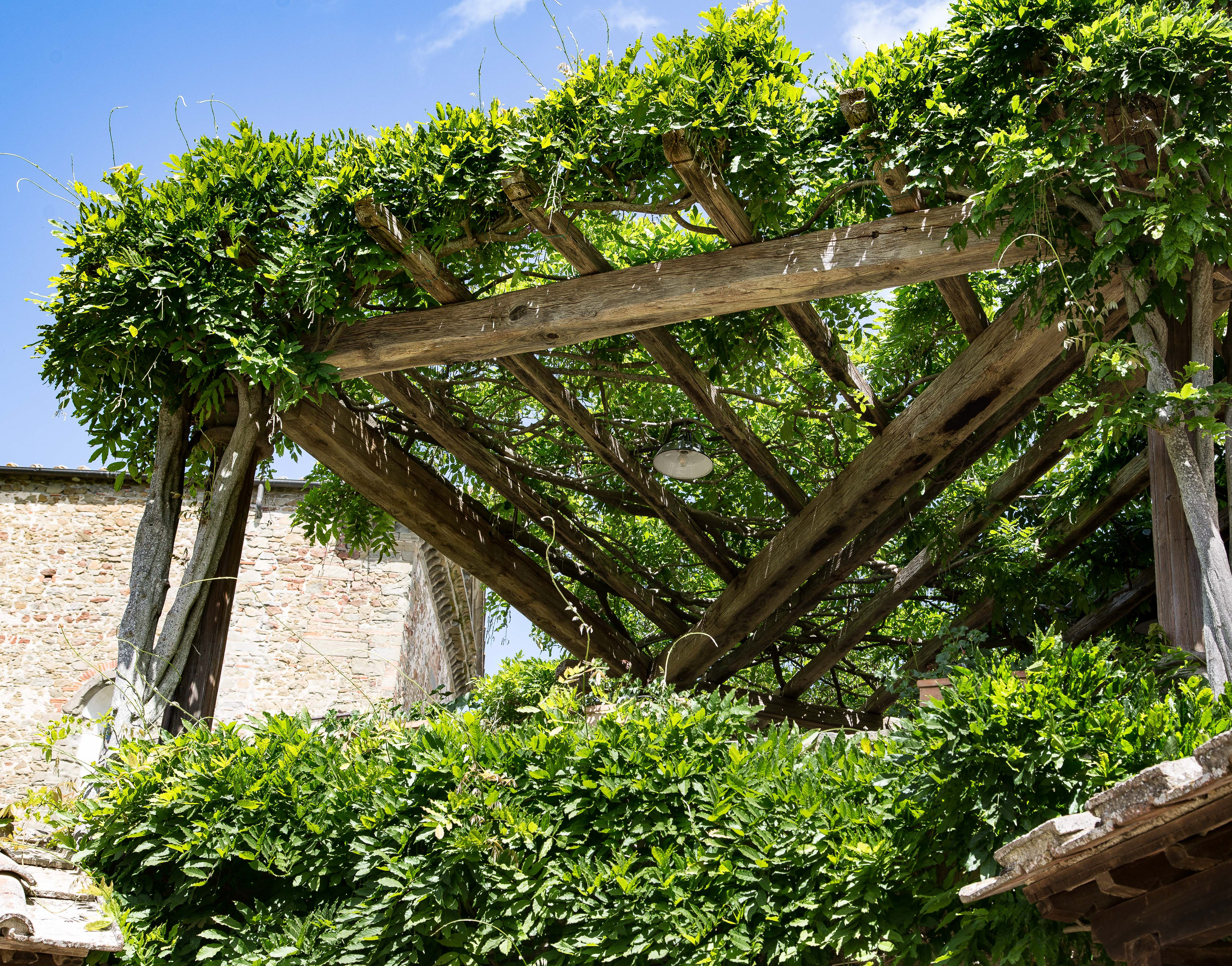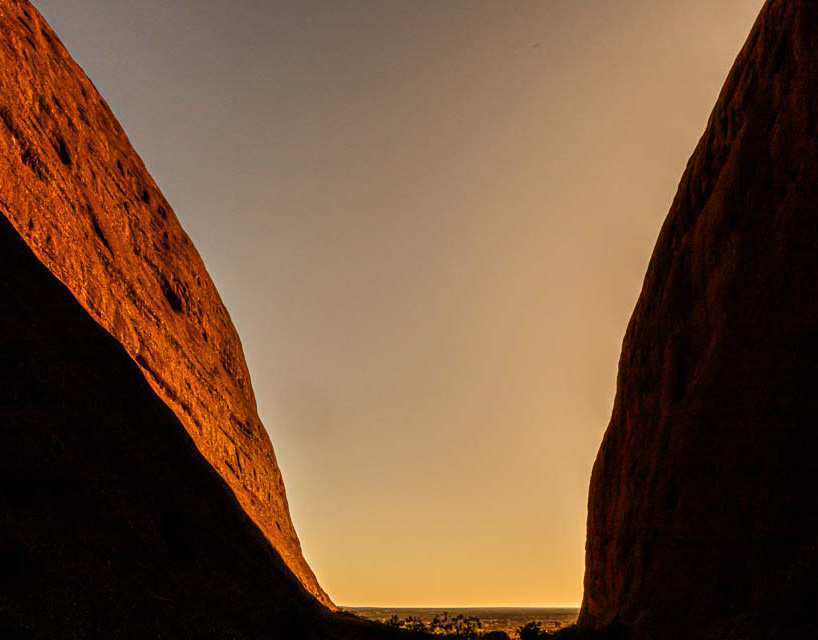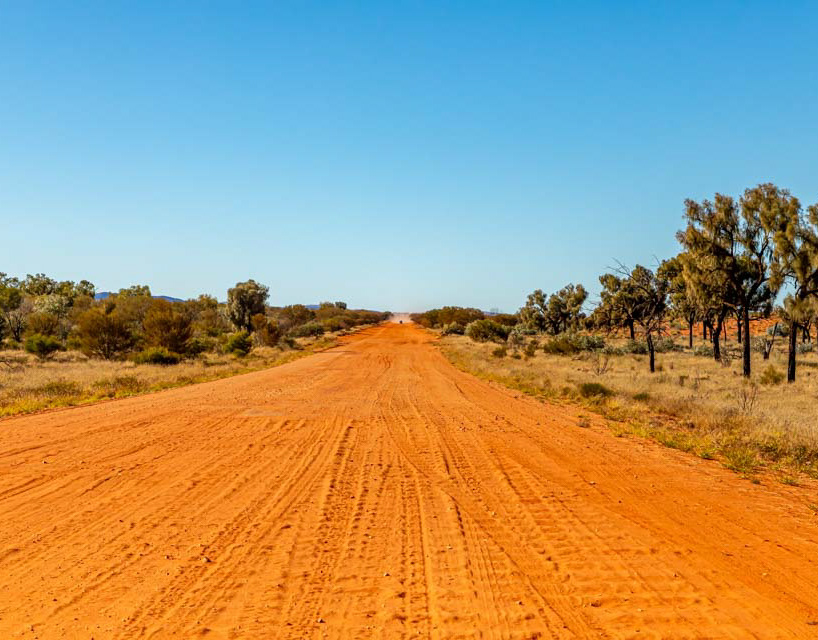Heading from Westerway to Strathgordon and Lakes Pedder and Gordon
Beautiful skies
Lake Pedder from Ted's Beach
Lake Pedder
Lake Gordon
Stressed rock
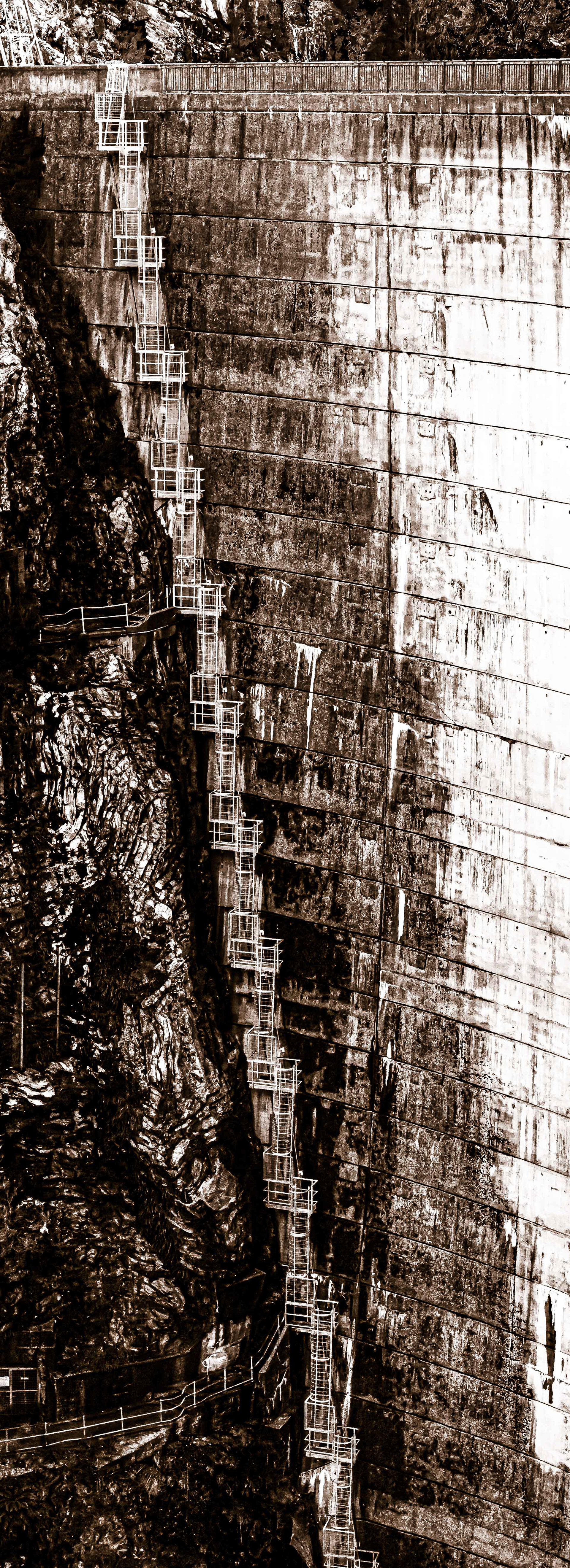

Straight down into the Gordon Gap
Stairway to heaven
The flooding of Lake Pedder and the damming of the Gordon River in the southwest of Tasmania were controversial issues in the 1970s. Opposition to the flooding of Lake Pedder extended well beyond Tasmania and spread throughout Australia and internationally. The focus on the South West Tasmania Wilderness area, as an environmental battleground, increased interest in the area and many travelled to see what the issues were about before Lake Pedder was flooded (https://en.wikipedia.org/wiki/Lake_Pedder). Once a glacial outwash lake, Pedder is now a man-made impoundment and diversion lake. In addition to its natural catchment from the Frankland Range, the lake is formed by the 1972 damming of the Serpentine and Huon rivers. As a result, the flooded Lake Pedder now has a surface area of approximately 242 square kilometres, making it Tasmania's second largest lake. The Gordon River rises in the Franklin-Gordon Wild Rivers National Park, draining the eastern slopes of the King William Range. It flows generally south and to the west of the Gordon Range before flowing through the Gordon Gap and spilling into Lake Gordon (https://en.wikipedia.org/wiki/Lake_Gordon), an impounded reservoir created by damming the Gordon at the Gordon River Dam. Together with water fed from Lake Pedder, the principal purpose of the reservoir is for generation of hydro-electricity at the Gordon Power Station. Two more dams were proposed for the lower Gordon River but were never built due to the prolonged campaigning of environmental groups. The fate of the dams was finally sealed in 1983 when a new federal government, under Bob Hawke, was elected on a platform of ‘no more dams’. A legal battle between the federal government and Tasmanian Government followed, resulting in a landmark High Court ruling in the federal government's favour (https://en.wikipedia.org/wiki/Franklin_Dam_controversy).
Heading from Westerway to Strathgordon and Lakes Pedder and Gordon
Beautiful skies
Lake Pedder from Ted's Beach
Lake Pedder
Lake Gordon
Stressed rock


Straight down into the Gordon Gap
Stairway to heaven

